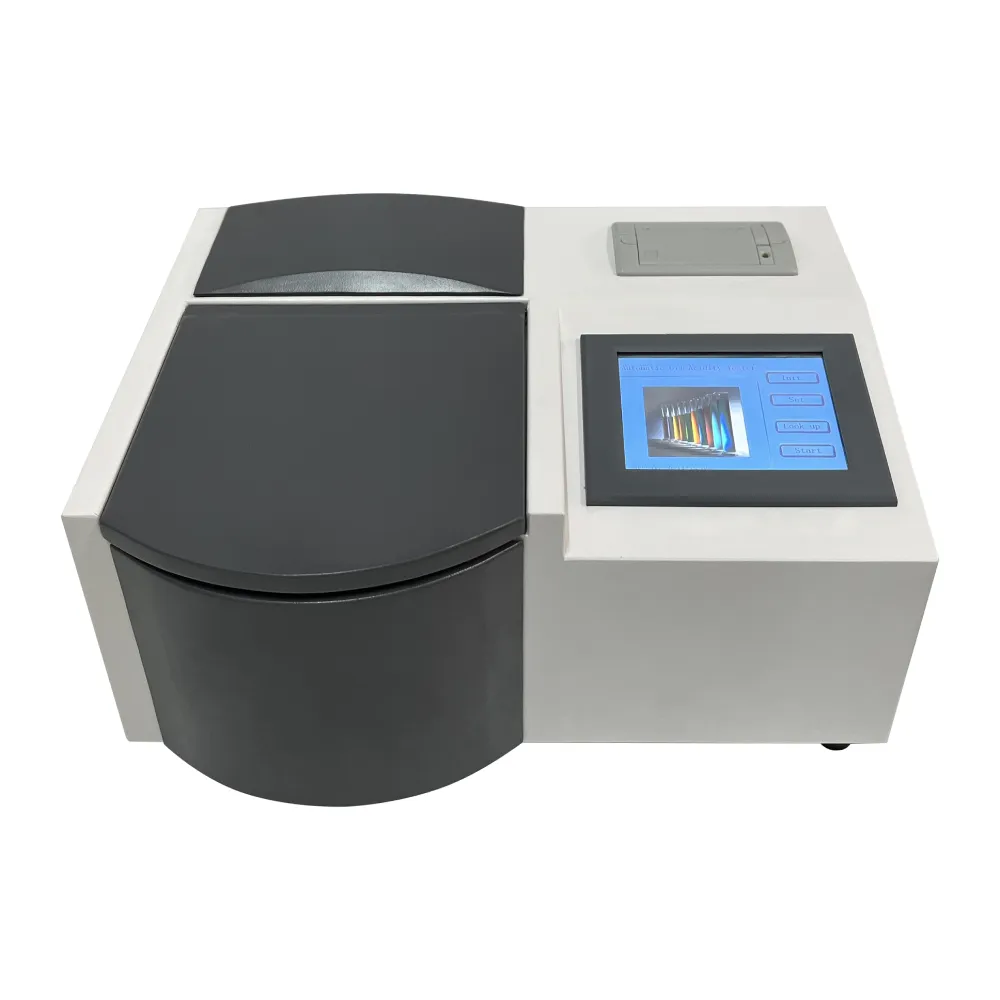 English
English


generator tan delta test
Understanding the Generator Tan Delta Test
The generator tan delta test, also known as the dissipation factor test, is a crucial diagnostic procedure utilized in the maintenance and assessment of electrical machinery, particularly transformers and high-voltage cables
. This test evaluates the insulation quality by measuring the power factor, represented by the tangent of the angle delta (tan δ), which indicates how much of the electrical energy is lost as heat in the insulation system. By doing so, it helps detect insulation deterioration and moisture ingress, which can significantly affect the performance and reliability of generators.At its core, the tan delta test involves applying an AC voltage to the insulation system of a generator while measuring the resulting current. The relationship between the voltage and current yields an angle, δ, that reflects the phase difference between them. The tangent of this angle (tan δ) serves as the dissipation factor, providing insights into the insulation's condition. A high tan delta value generally indicates poor insulation, potential faults, or degradation, while a lower value suggests a healthier insulation status.
One significant advantage of the tan delta test is its ability to provide a relative and quantitative measure of insulation integrity. It allows for the comparison of measured values against established standards or previous readings, facilitating the identification of trends over time. This historical data enables maintenance teams to prioritize repair or replacement efforts based on the severity of the insulation's condition, thereby optimizing operational efficacy and minimizing unexpected outages.
generator tan delta test

Conducting a generator tan delta test typically involves a specialized testing apparatus connected to the generator’s terminals. As the test is executed, numerous measurements are taken at varying voltage levels and frequencies to ensure comprehensive data collection. The process may also require environmental control to mitigate the impact of temperature and humidity on the test results, as these factors can significantly influence insulation behavior.
The results from the test can be influenced by several factors including the age of the insulation, its material composition, and environmental conditions. Over time, factors such as thermal aging, electrical stress, and exposure to moisture can lead to increased dissipation factors. Consequently, a consistent monitoring regime incorporating tan delta testing can be invaluable in predictive maintenance efforts, allowing issues to be identified before they escalate into major failures.
Moreover, the tan delta test is a non-destructive testing method, making it advantageous for routine inspections without disrupting generator operations. This characteristic is particularly beneficial in environments where downtime is costly, such as power plants or critical infrastructure facilities.
In conclusion, the generator tan delta test is a vital tool in ensuring the reliability and safety of electrical equipment. By measuring the insulation's ability to resist energy loss, it provides essential data for maintenance decisions and contributes to prolonging the lifespan of generators. As industries continue to prioritize efficiency and reliability, the role of tan delta testing will remain indispensable in maintaining the health of power systems worldwide.
-
Differences between open cup flash point tester and closed cup flash point testerNewsOct.31,2024
-
The Reliable Load Tap ChangerNewsOct.23,2024
-
The Essential Guide to Hipot TestersNewsOct.23,2024
-
The Digital Insulation TesterNewsOct.23,2024
-
The Best Earth Loop Impedance Tester for SaleNewsOct.23,2024
-
Tan Delta Tester--The Essential Tool for Electrical Insulation TestingNewsOct.23,2024





